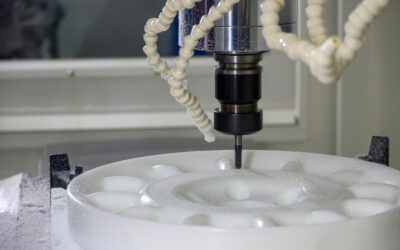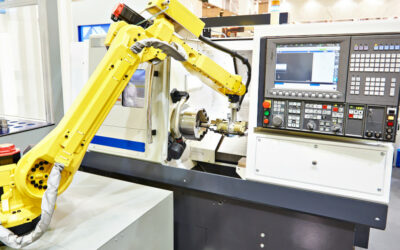The manufacturing industry has come a long way and seen a lot of advances over the years to become what we have today. For instance, back in the 18th century, skilled workers fabricated parts using conventional hand tools. Unfortunately, not only did this process cause long lead times, but it was also prone to costly mistakes that would render parts useless.
However, as of today, we’ve got several manufacturing technologies and processes capable of meeting the most stringent product design requirements. One of such manufacturing processes is called face milling.
But what is face milling, and how does it work? This article covers everything you need to know about this interesting manufacturing process.
What is Face Milling?
Face milling is a type of CNC milling process―which means it involves removing portions of material from a workpiece using cutting tools. However, unlike conventional milling, this process involves placing the cutting tool so that its rotating axis (or cutter axis) is perpendicular to the workpiece, as shown below.
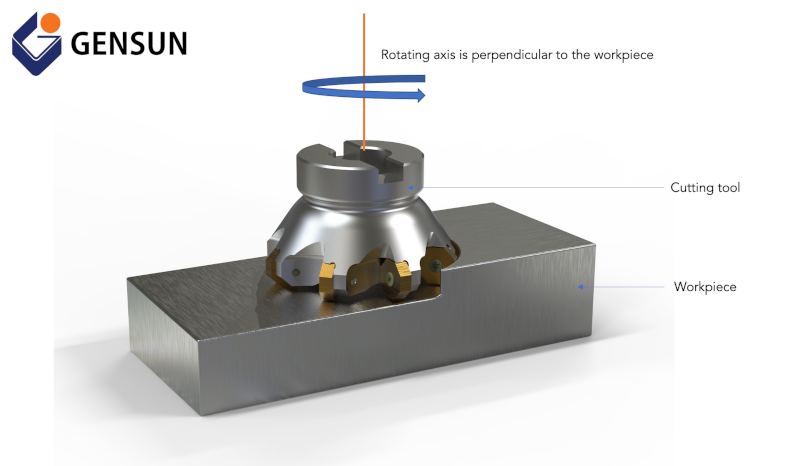
Figure 1: The face milling process
Notice how the multi-tooth cutting tool is positioned face down toward the top of the workpiece. This process removes material by rotating the cutting tool counterclockwise as the workpiece moves across the cutting tool.
Face Milling vs. Peripheral Milling: What’s the Difference?
Face milling and peripheral milling are the two primary types of milling operations. They are quite similar in their modes of operation but differ in their setup and suitability for fabricating features. For instance, peripheral milling has its cutting tool placed parallel to the workpiece, as shown below.
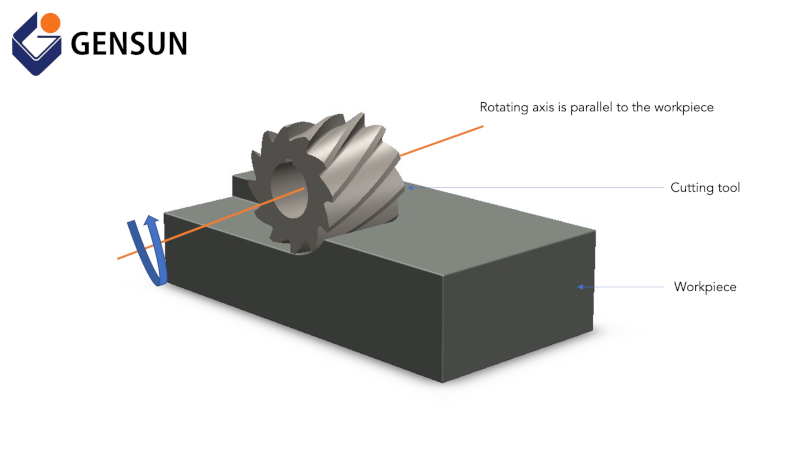
Figure 2: The Peripheral Milling Process
Peripheral milling’s unique configuration ensures that the side of the cutter grinds away the top of the workpiece. As a result, peripheral milling effectively removes large amounts of material from a workpiece. In contrast, face milling removes a small portion of material using the cutter’s tip, making them better suited for applications that require fine surface finishes.
Choosing the Ideal Cutting Tool for Face Milling
The face milling process can accurately produce a wide range of parts and features. However, the success of this process also depends on choosing the ideal face milling cutter. Let’s take a look at three common cutters.
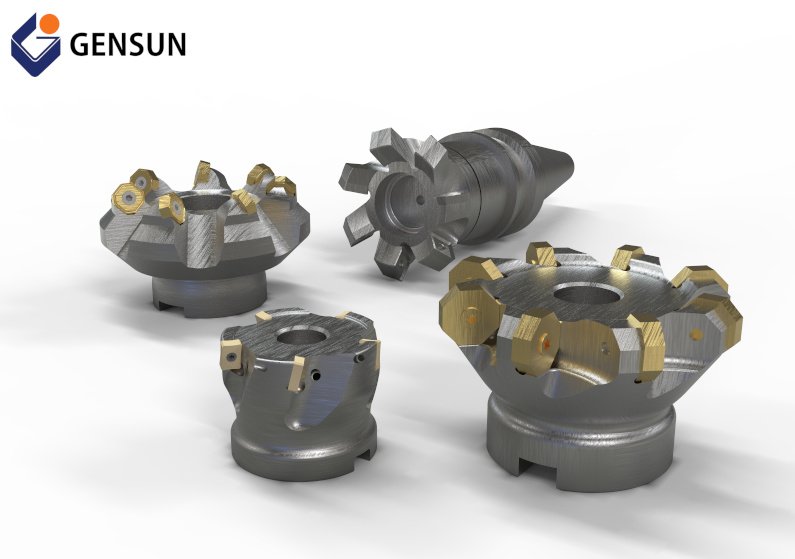
Figure 3: Face milling cutters
#1 End Mill
End mill cutters usually feature cutting edge (or cutting teeth) on their end and shank, which they use to create flat surfaces along the axis of the rotating spindle at high speeds. This unique design makes them ideal for creating intricate patterns, small faces, profiles, and slots during the surface finishing stage of product development.
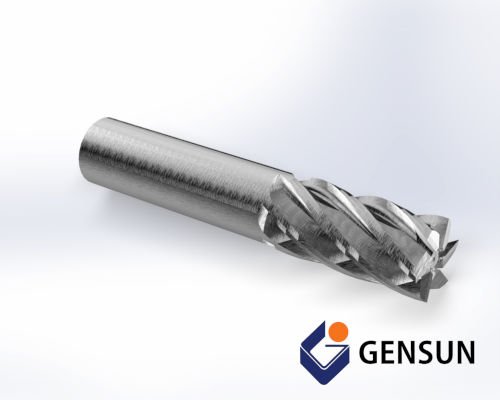
Figure 4: End mill
However, you might find them inefficient when you need to remove large chunks of material during the initial stage of machining.
#2 Shell Mill
Shell mills are the most commonly used cutters for face milling operations. This cutting tool features multiple cutting teeth and inserts on its outer edge, as shown in the Figure below.
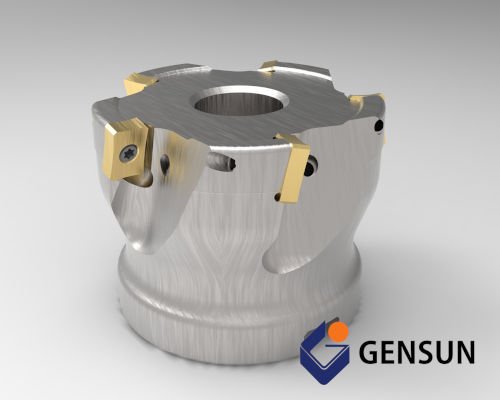
Figure 5: Shell Mill
The shell mill’s unique design offers balanced cutting forces and precise control over the amount of material the cutter removes at high speeds. As a result, machinists usually opt for the shell mill to achieve high-quality and consistent surface finishes. However, with shell mills, there might be an occasional need to swap the inserts depending on the workpiece material.
#3 Fly Cutters
A fly cutter is a single-point cutting tool primarily used for machining large surfaces. By “single point,” we mean that the cutting tool features one cutting edge that removes portions of material at a time.
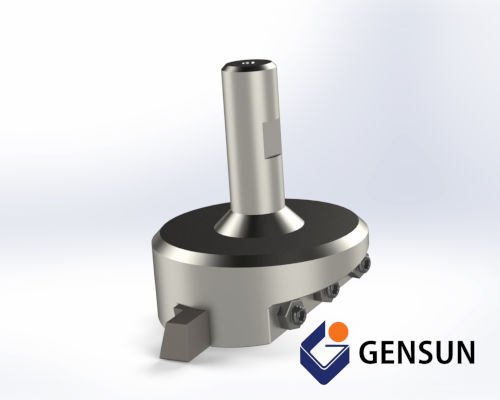
Figure 6: Fly cutter
Unlike end mills and shell mills that provide impressive cuts and surface finish at high speeds, a fly cutter can achieve better cuts and surface finish at lower speeds. That means a machinist will require less power to create high-quality cuts using the fly cutter.
Machinists usually opt for fly cutters when looking to achieve a fine surface finish, and speed isn’t a concern.
Learn more: Choosing the Ideal CNC Cutting Tool to Make Quality Parts
Tips for Face Milling
The face milling process is a great way to achieve highly accurate and cost-effective products, so long as the machinist is skilled and adheres to essential rules. Top-tier machinists adhere to the following essential tips during this process:
- Use the recommended spindle rotating speed to avoid wearing the cutting tool.
- Always position the cutting tool off-center from the workpiece, as this provides thin chipsㅡwhich is the excess material formed as a byproduct of the face milling operation. This orientation ensures cleaner cuts and finer finishes.
- Avoid frequent entering and exiting of the workpiece, as this might create stresses on the cutting edge and affect the machined part’s accuracy.
- Do not perform milling operations over slots or holes since these edges also cause multiple entries and exits on the workpiece.
- Use computer numerical control (CNC) technology to automate the cutting process, allowing highly accurate and precise parts.
Face Milling: Gensun Can Help
Gensun is a leading provider of machining services across Asia. Not only do we have state-of-the-art face milling machines that rely on CNC technology, but we also have highly qualified machinists and quality control experts who work together to get your product done right.
Learn more about our CNC machining services.

